Painting on Water – Ebru Art – Water Marbling
In the realm of art, the graceful dance of colors on water in Ebru art symbolizes a harmonious blend of skill and creativity.
As the pigments swirl and merge on the liquid canvas, a world of mesmerizing patterns and designs unfolds, captivating the imagination.
The delicate yet intricate process of water marbling invites exploration into a realm where tradition meets innovation.
Stay tuned to unravel the secrets behind this ancient art form and uncover the magic that continues to inspire artists and art enthusiasts alike.
Key Points
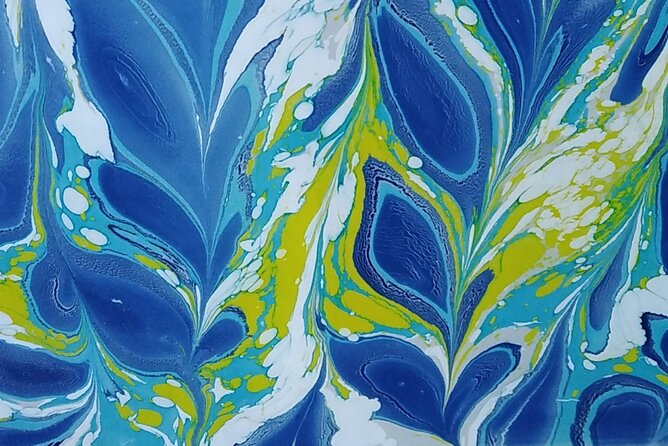
- Ebru art originated in Central Asia in the 15th century, evolving from bookbinding decoration.
- Essential tools like brushes and combs are used on a water tray canvas.
- Ebru art showcases diverse color combinations and intricate patterns like marbled motifs.
- Ebru art symbolizes cultural heritage, drawing inspiration from nature and spirituality.
History and Origins

Ebru art, also known as painting on water, has a rich history and fascinating origins that date back centuries. The origins of Ebru art can be traced to the 15th century in Central Asia, particularly in the region of present-day Turkey. Initially used as a form of bookbinding decoration, Ebru evolved over time to become a standalone art form.
The technique of Ebru involves creating colorful patterns by carefully placing paints on the surface of water treated with a thickening agent. Through the centuries, Ebru has undergone various evolutions, incorporating new styles and techniques while still staying true to its traditional roots. This art form’s evolution showcases the creativity and adaptability of artists throughout history.
Tools and Materials
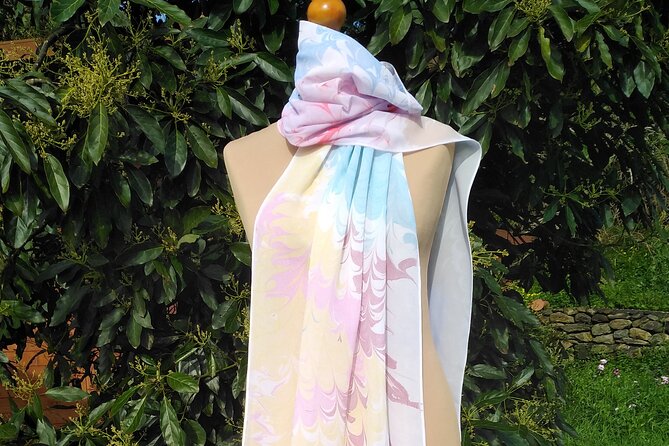
What essential tools and materials are required for creating intricate Ebru art designs? Ebru art, also known as water marbling, requires specific items to achieve stunning results. Here are the key elements needed:
-
Color Selection: Vibrant and high-quality paints are essential for creating vivid patterns on the water surface.
-
Design Creation: Tools like brushes, combs, and needles help artists manipulate the colors on the water to form intricate designs.
-
Workspace Setup: A flat tray filled with thickened water acts as the canvas for the art. It’s crucial to have a stable and level surface for working.
-
Safety Precautions: Gloves are often worn to protect the hands from the paints, and good ventilation is necessary when working with chemicals for preparing the water.
These tools and materials play a vital role in the process of crafting beautiful Ebru art pieces.
Technique and Process
Utilizing a delicate swirling motion, artists gently place drops of vibrant paint onto the water’s surface to begin the mesmerizing process of creating intricate Ebru art designs. This technique, dating back centuries, involves floating specialized paints on thickened water before carefully manipulating them into stunning patterns. Modern applications of Ebru art have seen innovations in tools and materials, allowing for greater precision and creativity in the process. Artists often use combs, brushes, and needles to manipulate the paints on the water’s surface, creating intricate swirls and designs. The blending of traditional methods with modern techniques has opened up new possibilities for artists to explore and push the boundaries of this beautiful art form.
| Ebru Art Innovations | Modern Applications |
|---|---|
| New tools and materials | Digital Ebru art |
| Advanced paint techniques | Ebru-inspired fashion |
| Experimentation with colors | Ebru-themed home decor |
| Incorporation of technology | Ebru art exhibitions |
Styles and Patterns
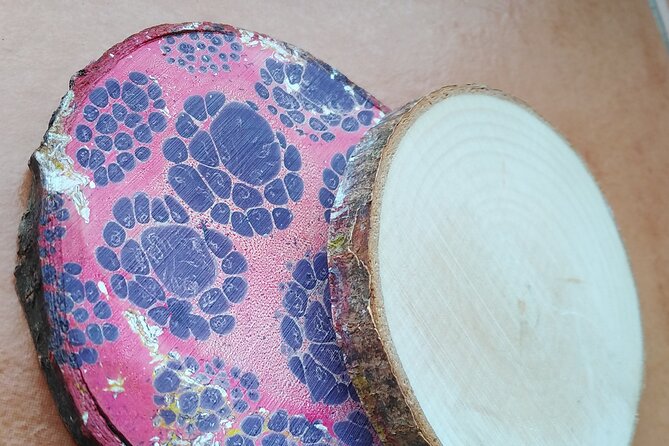
With a rich history dating back centuries, various styles and patterns in Ebru art showcase the intricate beauty and cultural significance of this mesmerizing painting technique.
Ebru artists utilize a wide range of color combinations to create stunning visual effects, from vibrant and bold hues to more subtle and delicate tones. The patterns in Ebru art are diverse and can be categorized into styles such as marbled motifs, combed designs, and floral compositions.
These patterns are achieved through skilled manipulation of the floating paints on the water’s surface, showcasing the artist’s expertise and creativity. In modern applications, Ebru art has expanded beyond traditional forms and found its way into contemporary art, home decor, fashion, and even bookbinding, demonstrating its versatility and timeless appeal.
Cultural Significance
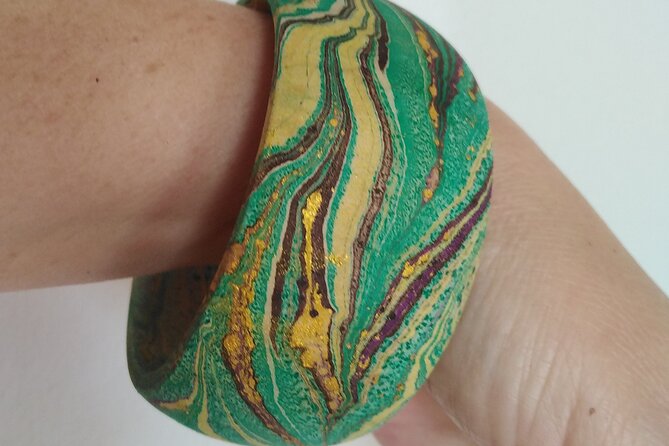
The intricate styles and patterns in Ebru art not only captivate the eye but also hold deep cultural significance that transcends time and borders. Ebru, with its roots in the cultural traditions of Central Asia, has become a symbol of artistic expression across various cultures.
This ancient art form isn’t just about creating visually stunning designs on water; it reflects the rich history and heritage of the regions where it originated. Ebru artists often draw inspiration from their surroundings, incorporating elements of nature and spirituality into their work.
The practice of Ebru has been passed down through generations, preserving and celebrating the diversity of artistic expression within different communities.
Tips and Inspiration
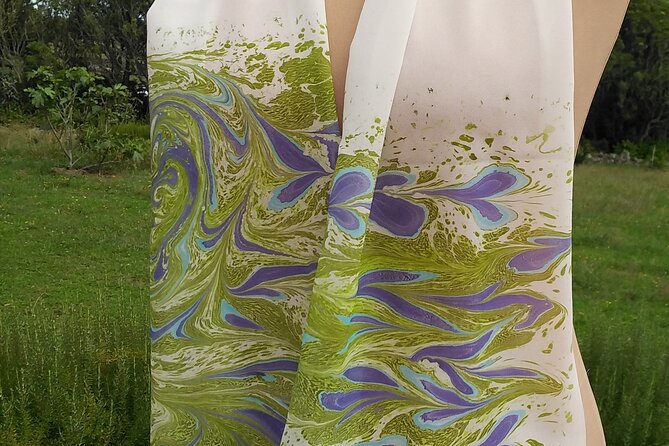
To enhance your Ebru art experience, consider exploring different color combinations that can bring vibrancy and depth to your creations. Here are some tips and inspiration to help you elevate your water marbling artwork:
-
Experiment with Contrasting Colors: Try pairing bold colors with their opposites on the color wheel to create striking contrasts.
-
Incorporate Metallics: Adding metallic paints can give your Ebru art a touch of elegance and shimmer.
-
Play with Different Patterns: From traditional motifs to modern abstract designs, varying your patterns can keep your art fresh and exciting.
-
Use Nature as Inspiration: Draw inspiration from the beauty of nature – from swirling galaxies to blooming flowers – to infuse your artwork with organic charm.
Common questions
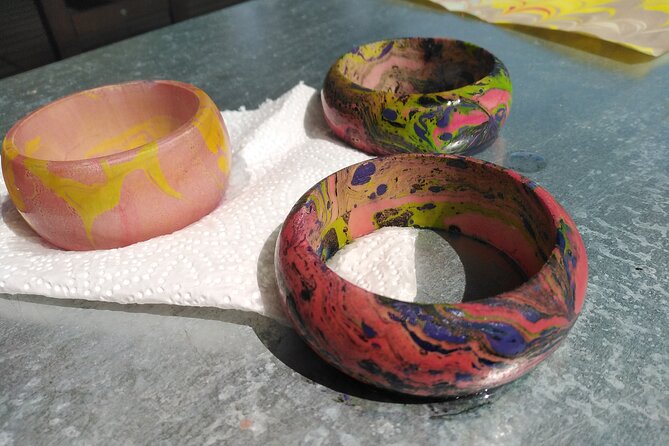
Is Previous Art Experience Required to Try Ebru Art?
No, previous experience is not required. Ebru workshops are designed for beginners. Anyone can try Ebru art regardless of their art background. The sessions cater to all skill levels, offering an inclusive and welcoming environment.
Can Children Participate in Ebru Art Workshops?
Children can fully engage in the Ebru art workshops as they are designed with child-friendly techniques promoting artistic expression. Through sensory exploration, kids experience creative freedom, fostering a love for art in an interactive and inspiring environment.
How Long Does It Typically Take to Learn the Basics of Ebru Art?
Learning the basics of Ebru art varies based on individual learning curves. Mastering techniques typically requires consistent practice over weeks to months. Progression in skill development depends on dedication and understanding the intricate art form.
Are There Any Health or Safety Considerations When Working With Ebru Art Materials?
When working with ebru art materials, safety precautions are essential. Raising awareness about proper ventilation, skin protection, and safe handling of chemicals is crucial. Artists should wear gloves, use a well-ventilated space, and follow guidelines to prevent health risks.
Can Ebru Art Be Done Outdoors or Does It Require a Specific Indoor Setting?
Outdoor ebru art can be practiced in suitable weather conditions, offering a unique experience under open skies. While indoor settings provide controlled environments for intricate designs, outdoor setups may require additional precautions against wind and sunlight affecting the art supplies and practice space.
Last Words
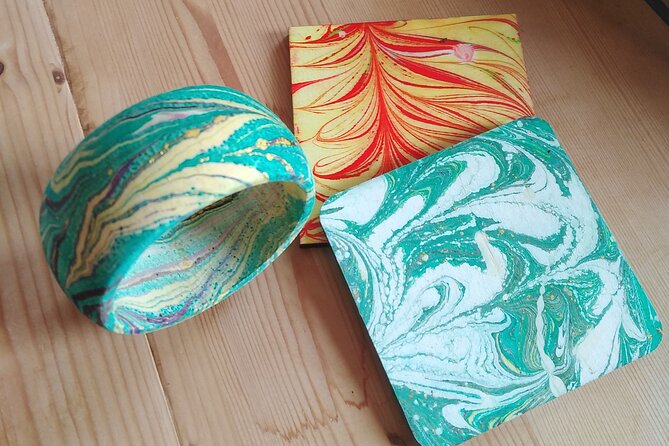
To sum it up, Ebru art, or painting on water, is a mesmerizing and intricate craft that continues to captivate artists and admirers alike.
With its rich history, unique techniques, and vibrant patterns, Ebru showcases the harmony between water, color, and movement.
The cultural significance and modern applications of this timeless art form demonstrate its enduring appeal and inspiration for artists around the world.
Dive into the enchanting world of Ebru and experience the magic of water marbling for yourself.